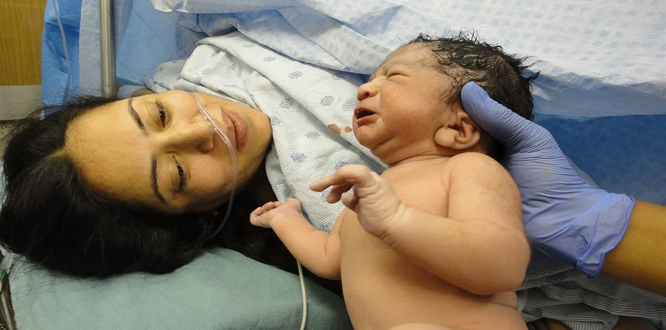Evaluation of Elastic Venous Compression Device dispensation in pregnant and post-partum women using the French National Health Insurance Claims Database: The ProFIL retrospective cohort study
Résumé
© 2024 The AuthorsObjectives: To describe the real-world use of Elastic Venous Compression Devices (EVCDs) during pregnancy and post-partum using data from a representative subset of the French National Health Insurance Claims Database (the Echantillon Généraliste des Bénéficiaires, EGB). Study Design: Women aged 15u201349 who were pregnant between 1st July 2017 and 15th June 2018 were identified in the EGB using pregnancy-specific acts (certain prenatal examinations or deliveries). Subgroups were defined by age, presence of Venous Thrombo-Embolism (VTE) risk factors, history of VTE, delivery type and time period. EVCD dispensations (format, prescriber, and date) were identified among those for u201cstandard orthoticsu201d using their unique reimbursement tariffs. Dispensation rates were computed for all subgroups, overall and by format and were compared. Results: 15,528 pregnant women were included: 7,252 [46.7 %] deliveries (5,796 vaginal [79.9 %], 482 planned cesarean sections (C-sections) [6.7 %] and 974 unplanned C-Sections [13.4 %]), 2,734 (17.6 %) terminations and 5,542 (35.7 %) unknown outcomes. Overall, 4,919 (31.7 %) women were dispensed at least one EVCD. Ante-partum dispensation occurred in 43.1 % (n = 3,122) of women whose pregnancy led to a delivery. Dispensation rates were 17.3 % (n = 1,005), 46.7 % (n = 225) and 44.1 % (n = 430) after vaginal delivery, planned C-sections or unplanned C-sections, respectively. Overall, dispensation rates significantly increased with age, the presence of VTE risk factors, and a history of VTE (p < 0.01). EVCD dispensation was most frequent (17.0 %) during the 5th month of pregnancy. Among pregnant women who were dispensed at least one EVCD during ante- or post-partum, 69.0 % had one or two units of compression (27.1 % [one unit], 41.9 % [two units]). Stockings (48.6 %, n = 6,038) were dispensed significantly more frequently than socks (36.9 %, n = 4,586) and tights (14.5 %, n = 1,806) (p < 0.01). The main contributors to mechanical VTE prophylaxis were gynecologists (26.3 % of dispensations, n = 2,280), general practitioners (20.2 %, n = 1,749) and midwives (15.1 %, n = 1,314). Conclusions: Low observed dispensation rates highlight a discrepancy between the French National Authority for Health (Haute Autorité de Santé, HAS), recommending EVCDs use during pregnancy and after delivery, and the real-life use of EVCD. Prescription sensitization combined with targeted information campaigns for pregnant women would be beneficial to contribute to the prevention of VTE, a health problem for pregnant women.
| Origine | Publication financée par une institution |
|---|



